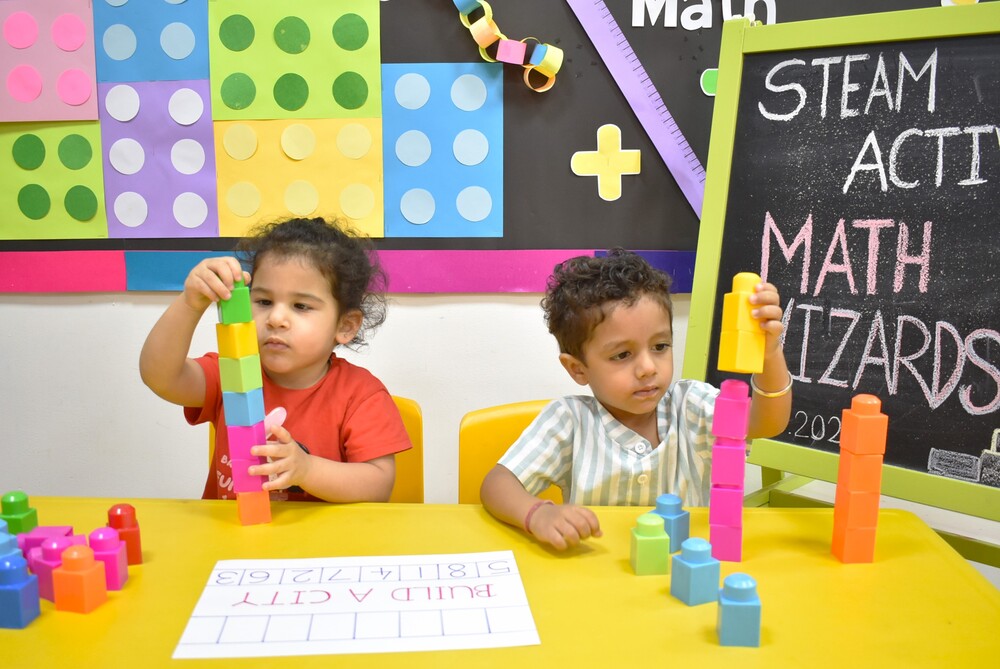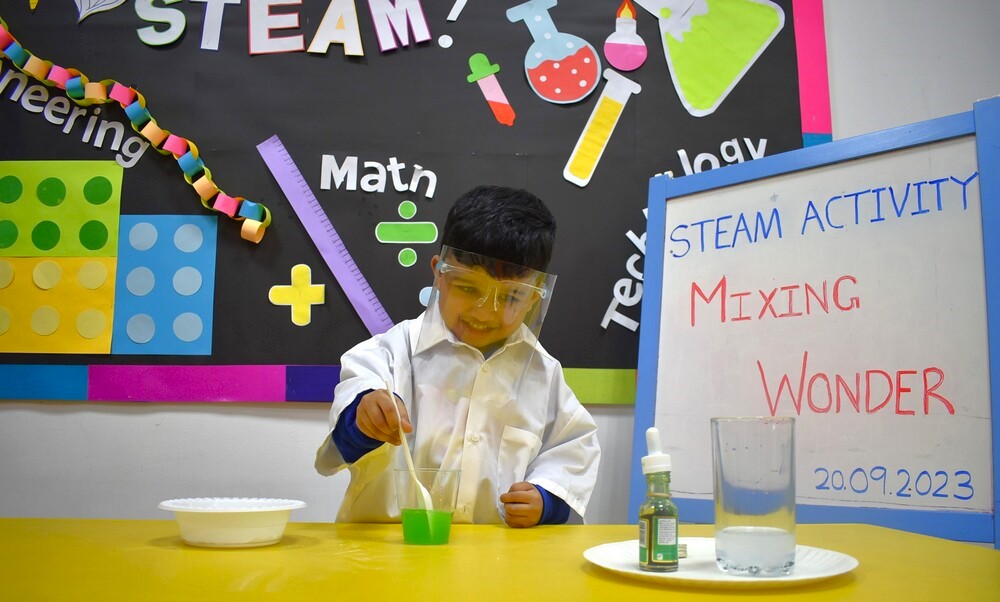The goal of STEAM-based learning is to help students develop the skills they need to be successful in the future. Regardless of the specific role or industry, it is now critical that students go off to college and/or enter the workforce with a set of well-rounded skills that allow them to adapt to an evolving and fast-paced environment.
STEAM brings together five critical disciplines to create an inclusive learning environment that encourages all students to participate, collaborate and problem solve. This holistic approach encourages students to exercise both the left and right sides of their brains simultaneously, as they would need to do in a 21st century working environment.
According to the National Education Association, there are four primary skill areas necessary for success in the 21st century:
- Critical Thinking & Problem Solving
- Communication
- Collaboration
- Creativity & Innovation
As the education world continues to explore new strategies to equip students with these skills and the knowledge, they need to be successful innovators and creators in the 21st century workforce, there has been a growing emphasis on STEAM and related learning tactics as an avenue to for making this happen.
As opposed to traditional models of teaching, the STEAM framework blurs the lines between disciplines in order to encourage higher levels of creativity and effectiveness when it comes to problem solving. For example, giving a future engineer the skills to visualize and sketch out his ideas will make him more effective in his job down the road.
THE BENEFITS OF STEAM EDUCATION IN AMN
SCIENCE
Children develop scientific inquiry skills and nurture their natural curiosity through carefully planned experiences as this science learning encourages our children to make observation, discussions, designing and carrying out their experiments with the best learning process. Through hands-on, creative learning, studies show that students not only learn more – they retain what they learn.
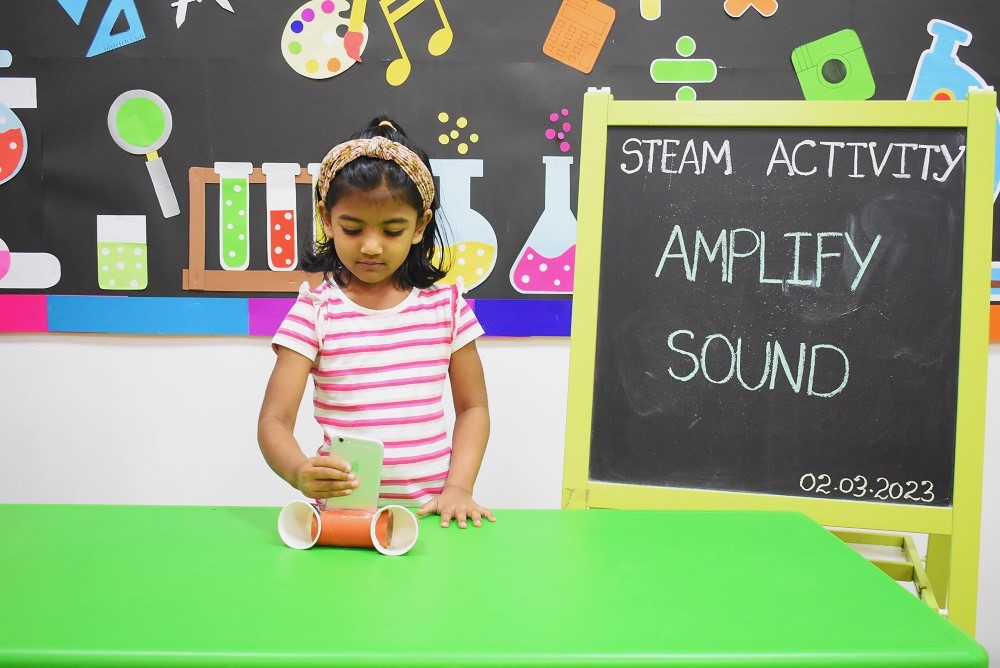
TECHNOLOGY
Students are encouraged to think about how to use everyday objects to find answers to their questions. It boosts children higher decision-making skills and illustrate learning is a powerful way to demonstrate technological concepts as we observe and learn about the cause and effect.
ENGINEERING
Children begin to discover the principles of engineering design through construction and building challenges in the classroom. This engaged learning process created by STEAM class leads to understand how and why things work around them practically.
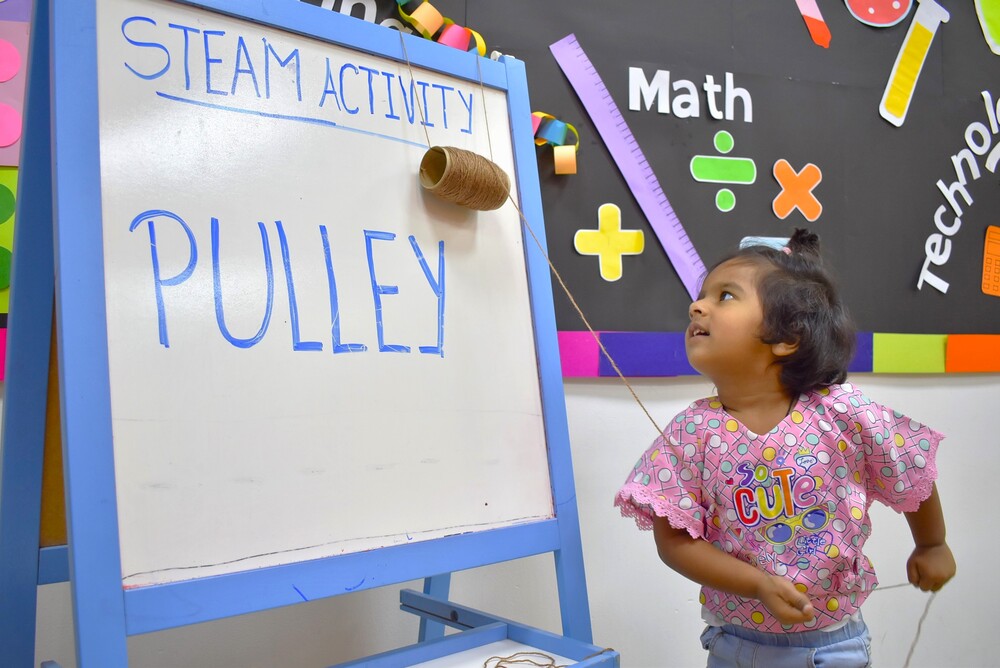
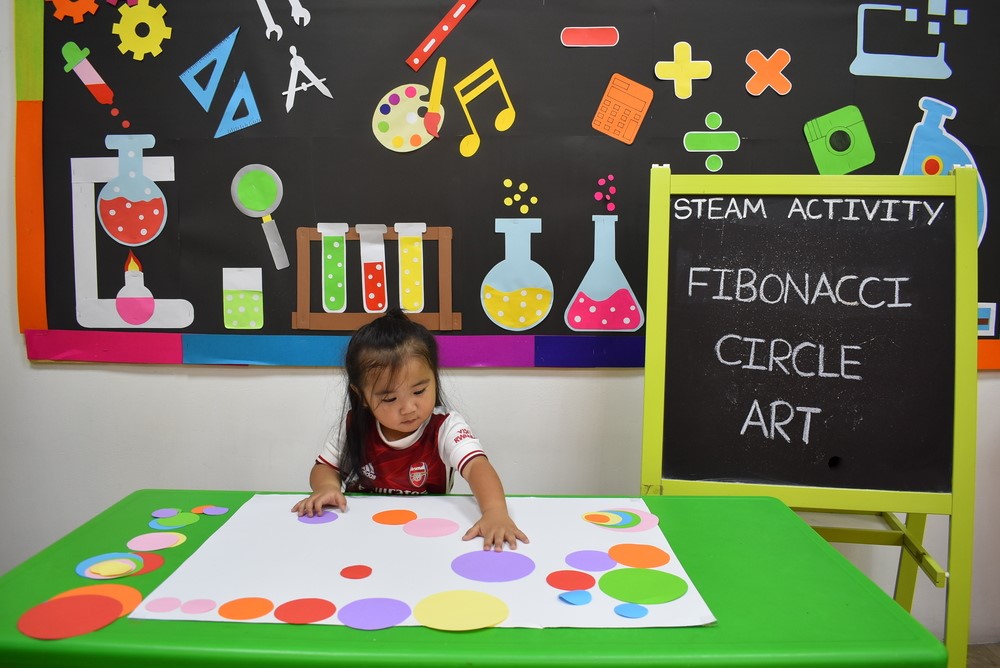
ART
Diverse, creative experiences with a range of interesting materials give children the opportunity to develop their own artistic abilities and an appreciation for art in the broader world. In fact, STEAM arts integration shows increased gains in Title I classrooms. It’s an approach to education that delivers the biggest benefits to the students who need it most.
MATHEMATICS
Intentional, spontaneous learning experiences help children build the math and reasoning skills they need to solve problems and use mathematics in real and meaningful ways. It’s an approach to education that delivers the biggest benefits to the students who need it most as it benefits in organizational and other critical math skill.
